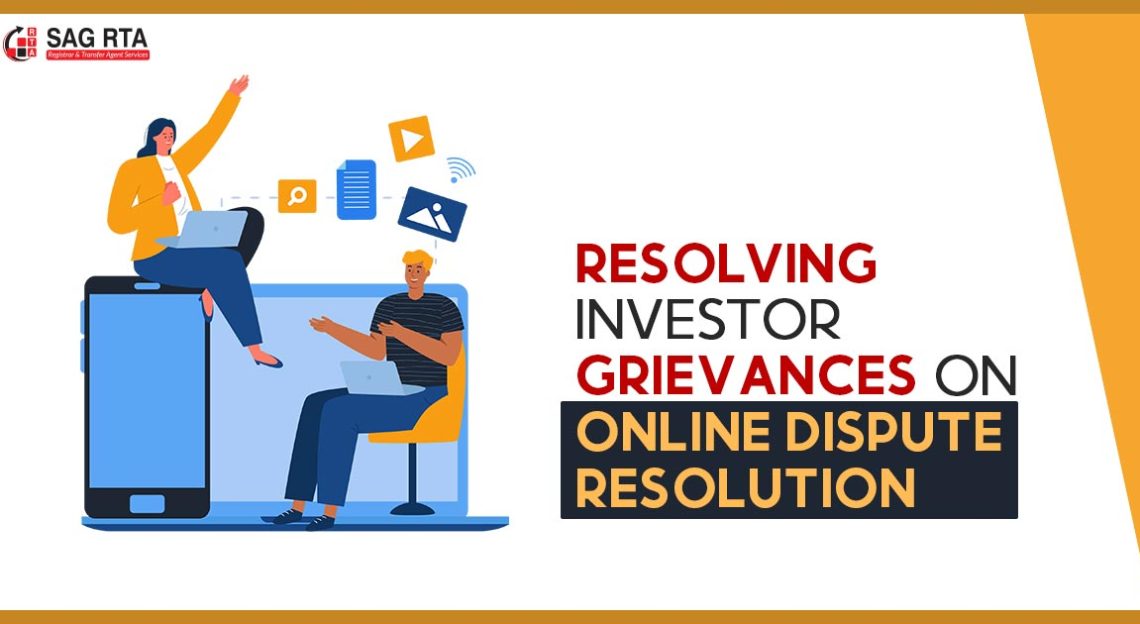In the corporate world, most attention-grabbing terms when it comes to investment are – Shareholder and Stakeholders. Both sound similar and are often interchanged but the terms vary from each other in terms of their investment in an organization, their relationship with an organization and their priorities in an organization. A shareholder is inevitably a stakeholder in a company but it is not in the bag that a stakeholder is always a shareholder.
A shareholder is a person or an institution which owns a part of a public or private company by owning its shares of stock. They are generally referred to as members of a corporate entity, having a financial interest in the profitability of the project or organization. Whereas, a stakeholder has an interest in the company’s performance for reasons besides stock performance or appreciation. These facts contribute to the reason that the stakeholders are most desirous for the company’s success over the long run.
Shareholder
A shareholder refers to an individual, institution or company that owns a minimum of one share of the company and so having a financial interest in the company’s profitability. For example, an individual who invested in the company’s share, hoping that the price of the stock will go up, is also a shareholder.
Rights of Shareholder
Shareholders are the company’s owners and as per the laws and norms of the corporation or shareholders’ agreement, shareholders hold the following (and more) rights:
- Sell their shares
- Purchase new shares
- Get dividends
- Vote on those nominated for the board
- Vote on mergers and mutations to the corporate charter
- Nominate directors
- Acquire information on publicly traded companies
- Sue for a breach of fiduciary duty
Duties of Shareholders
Shareholders are the owners of the company but they are not responsible for the company’s debts. However, owners are accountable for the company’s debts in sole proprietorships, private companies, and partnerships. A sole proprietorship is an individually owned business in which the single owner holds the liability to pay personal income tax on profits generated from the business.
Read Also: Key Differences Between An IPO and FPO
Stakeholder
A stakeholder refers to an individual, organization, or group which gets directly affected by the company’s performance or project’s outcome. A stakeholder has an interest in the success of a project. They can either be internal from the project group or an external – an outside sponsor. Various people can be qualified to be termed as a stakeholder, some of them are as follows:
- Senior management
- Line managers
- Project leaders
- Resource managers
- Projects’ customers
- Projects’ user group
- Subcontractors on the project
- Owners and shareholders
- Company’s employees
- Bondholders, owning company-issued debt
- Team members on the project
- Consultant for the project
- Suppliers and vendors dependent on the company for revenue generation
Although shareholders are the largest kind of stakeholders, as they are impacted directly by a company success & failure but some additional groups associated with the company are also kept in the category of stakeholders.
Key Difference Between Stakeholders and Shareholders
Stakeholders are more interested in the company’s longevity and their long-term relationship with the company and a higher quality of service which interprets that the people engaged in a project or working for an organization are likely to be more interested in salaries and benefits instead of profits.
On the other hand, shareholders are more interested in profits, prices of stock, dividends, etc. They are financially concerned with the success of the organization.
Shareholders are concerned with expansion, growth, acquisitions, association and other activities that will raise the profits of the company. A shareholder can sell their current stock and purchase new stock and they are not bound to the company for long-term whereas stakeholders are bound to the company for longer time-frames and higher needs of long-run.
For example, if the company is not performing well and suffering losses, the vendors and employees connected will also suffer as the company will stop availing the service of vendor and will not be able to pay the employees well on time or may also terminate them.
Key Considerations
Evolution of corporate social responsibility (CSR) has motivated companies to well-consider the interests of stakeholders. CSR is a self-regulating business model that focuses on the company’s social accountability towards itself, public and the concerned & connected stakeholders.
For example, while making any decision, a company may take into consideration the after-effects of the decision on the environment. The decision may be beneficial from shareholders’ point of view as it may bring monetary gains but the decision may not be beneficial from a stakeholder point of view as it adversely affects the environment or citizens, the public here plays a role of external stakeholders. CSR motivates corporate entities to make decisions, keeping the social welfare in mind and lay stress on using & implementing methods which are legitimate & adhere to regulatory requirements.
Wrapping up with thumbnail:
- Every shareholder is always stakeholder in a corporate world, but every stakeholder need not necessarily be a shareholder.
- Shareholders possess a part of a public company via shares of stock; a stakeholder is concerned with business’s success for reasons besides stock performance.
- Shareholders are company’s owners whereas stakeholders are interested parties.
- Shareholders are a subset of the superset i.e. stakeholders.
- The key difference between the two is: The focus of shareholders is on the return of their investment whereas that of stakeholders is on the company’s performance.
- Shareholders don’t have a long-run perspective for the company and can sell the stock whenever they need or want to; stakeholders are often connected for long-term and greater reasons.









